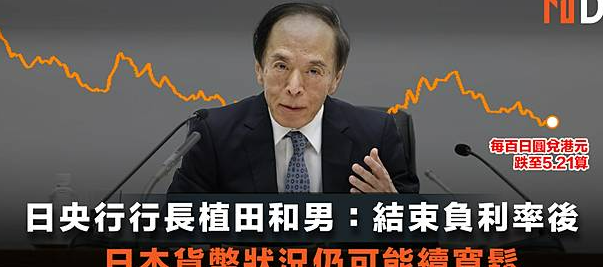In last Saturday's online discussion, many readers once again asked for my views on the upcoming market trends.
In previous articles, I shared a new perspective:
I believe that moving forward (at least for the remainder of this year), Bitcoin and the cryptocurrency ecosystem should be viewed separately, as the factors driving the movements of the two have diverged. This divergence is likely to lead to noticeable differences in their trends.
So today, I will first share my views on Bitcoin's performance in the second half of the year.
In earlier articles, I stated that Bitcoin is the largest collectible in the cryptocurrency ecosystem. Such collectibles should ideally benefit from the value spillover caused by the prosperity of the cryptocurrency ecosystem—this is the healthiest and most sustainable driving factor.
However, in this current trend, due to the lack of refreshing and sustainable innovations and applications in the cryptocurrency ecosystem, Bitcoin's recent rise has not primarily stemmed from value spillover from the ecosystem, but rather from the bullish sentiment of traditional financial capital (especially that led by Wall Street).
This bullish sentiment is clearly positively correlated with risk assets (the most typical being U.S. stocks).
I do not foresee any significant changes in this positive correlation in the short term (at least in the second half of the year).
Therefore, if the cryptocurrency ecosystem does not present disruptive, sustainable innovations and business models in the second half of the year, it is likely that Bitcoin's performance will still be strongly influenced by U.S. stocks.
Judging the performance of U.S. stocks in the second half of the year is quite complex.
On one hand, U.S. stocks are certainly not cheap at the moment. This market has been on a nearly 17-year continuous rise since the 2008 financial crisis. Such a long and strong bull market is rare in U.S. history.
Can such a market continue to rise indefinitely?
No, it cannot.
I firmly believe in a common sense: there is no market that only rises without falling. Another myth that has run parallel to U.S. stocks, but has had an even longer and stronger bull market, the "only rises without falling" Chinese real estate market, has already collapsed, and the aftermath is devastating.
Common sense has no exceptions.
On the other hand, saying that there is a significant bubble may not be entirely accurate, as the seven giants driving the strong growth of U.S. stocks currently have clear performance support, so their fundamentals remain solid.
Thus, this market is quite strange. The more it is like this, the more I feel that this market is dangerous—it could fall at any time, but it is impossible to predict when it will do so.
However, if U.S. stocks enter a bear market, Bitcoin is also likely to experience a significant decline.
Additionally, there is a major difference in Bitcoin's performance in this round compared to the past:
In previous trends, once Bitcoin fell more than 20% from its peak, it would directly enter a bear market, then linger at the bottom for several years until the next bull market began.
However, this time, after Bitcoin reached a new high of over $100,000, despite subsequently falling more than 20% to below $80,000, it miraculously rebounded to near its previous high in just a few months. Such a strong increase occurred without any internal driving force from the cryptocurrency ecosystem, relying solely on the sentiment from U.S. stocks.
Many see this as a good sign, but I view it as depleting Bitcoin's bullish sentiment.
This bullish sentiment is inherently difficult to sustain and last long, and with such depletion, how much is left to support its continued rise in the future?
Therefore, even if U.S. stocks continue to rise in the second half of the year, I believe Bitcoin's increase will likely be limited. I cannot agree with the predictions that it will rise to several hundred thousand dollars by the end of this year.
Thus, I hold a very cautious attitude towards Bitcoin's performance in the second half of the year. Even if it reaches new highs, there is no reason to be happy, let alone nostalgic. On the contrary, the higher it goes, the more one should be wary of a potential crash at any moment.
Of course, if the cryptocurrency ecosystem can produce miracles in the second half of the year, generating disruptive innovations and applications, then Bitcoin's rise would follow a different logic.
免责声明:本文章仅代表作者个人观点,不代表本平台的立场和观点。本文章仅供信息分享,不构成对任何人的任何投资建议。用户与作者之间的任何争议,与本平台无关。如网页中刊载的文章或图片涉及侵权,请提供相关的权利证明和身份证明发送邮件到support@aicoin.com,本平台相关工作人员将会进行核查。




